RIYADH: Saudi Arabia’s historic cash, when a modest and sleepy city, saw a important movement that shook up its local community, transforming it into a thriving and vivid metropolis in the heart of the Arabian Peninsula. It was 1727, the calendar year that modified almost everything.
Situated close to Wadi Hanifa and residence to the Bani Hanifa tribe, Diriyah became a cultural hub and pitstop for big ancient pilgrimage and trade routes, and was as soon as the house of the Saudi Royal Family.
In a city with a small populace, historians estimate about 70 homes had been developed at the time before the institution of the Very first Saudi Condition, which suggests the population did not exceed several hundred in the early 18th century Advertisement.
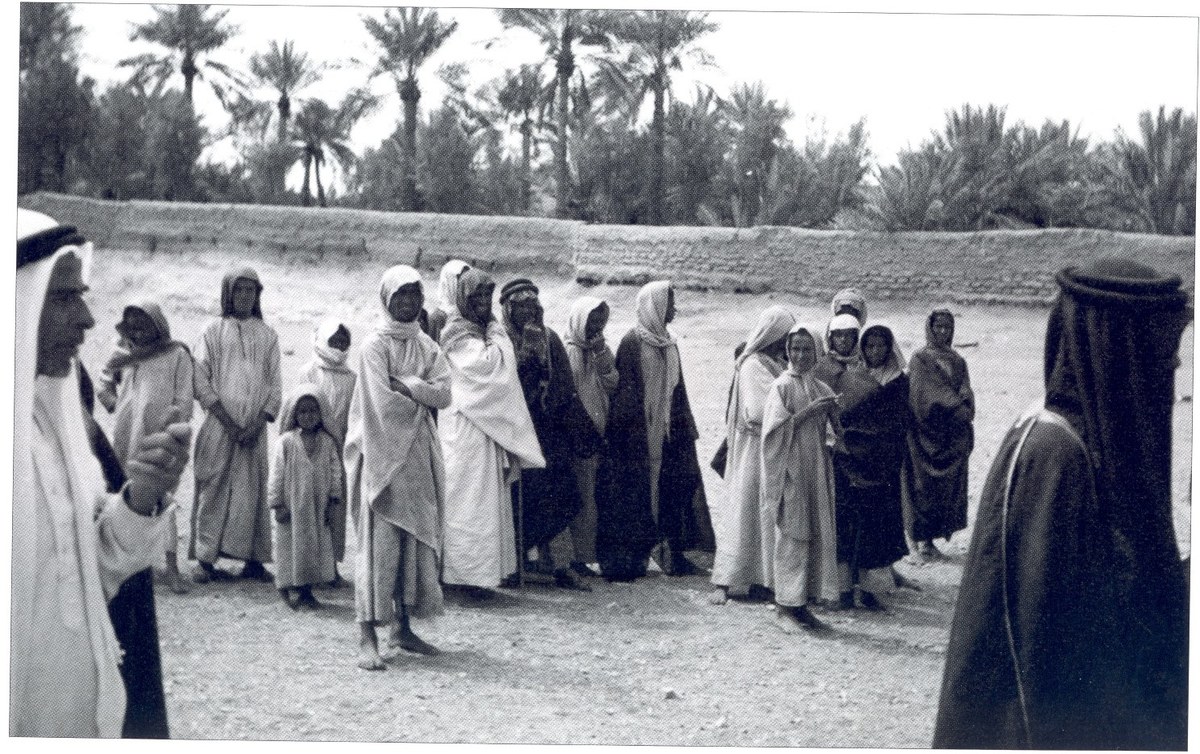
The Very first Saudi State saw a flourishing of activity in the region. New settlers from across the area flocked to the new condition, sparking big advancement in commerce, agriculture, schooling and architecture.
“During Imam Saud bin Abdulaziz’s reign, the Initially Saudi State witnessed good prosperity, as its affect prolonged to to most components of the Arabian Peninsula from the Levant and Iraq to Yemen and Oman, and from the Arabian Gulf to the Pink Sea, with stabilized protection and prosperity loved by its citizens in the Arabian Peninsula,” Dr. Badran Al-Honaihen, an expert in the Saudi heritage, advised Arab News.
“The state’s resources improved as a result of that fantastic unity under economic diversification.”
Many components contributed to the advancement in the top quality of existence in Diriyah, from its strategic area at the crossroads of historic trading routes to its lush lands ideal for farming and the assorted markets that sparked financial advancement in the location.
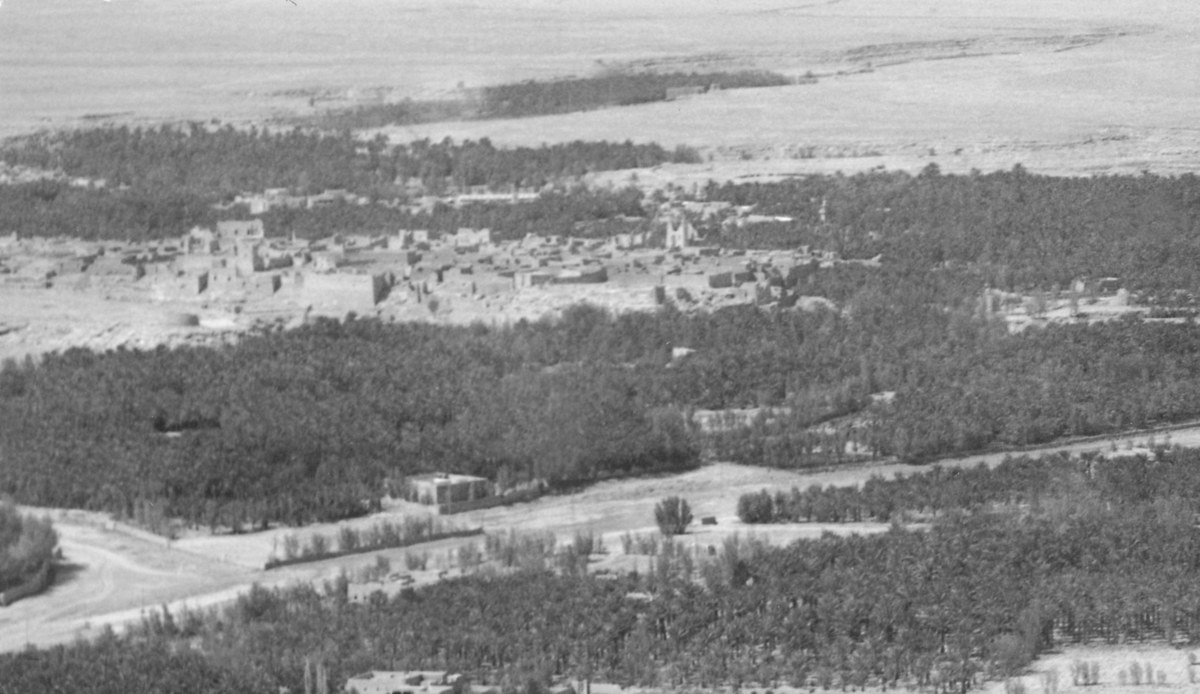
The metropolis was divided into 5 central districts Ghasibah, At-Tarafiyyah, Al-Murayih, Al-Qusairen and At-Turaif, which became the heart of energy quickly following the move from Ghasibah to At-Tarafiyyah due to inhabitants progress. Each of the districts experienced a distinct character and unification was achieved through local community outreach and support from the ruling family members.
“At-Turaif district witnessed a fantastic architectural renaissance, represented by the building of palaces, community residences, mosques and partitions,” Al-Honaihen explained.
“Among the most well-known architectural renaissances are Salwa Palace, which was the seat of government during the To start with Saudi Point out, the palace of Imam Abdullah bin Saud, and the palaces of Prince Saad bin Saud, Prince Omar bin Saud, and Prince Mishari bin Saud,” he stated.
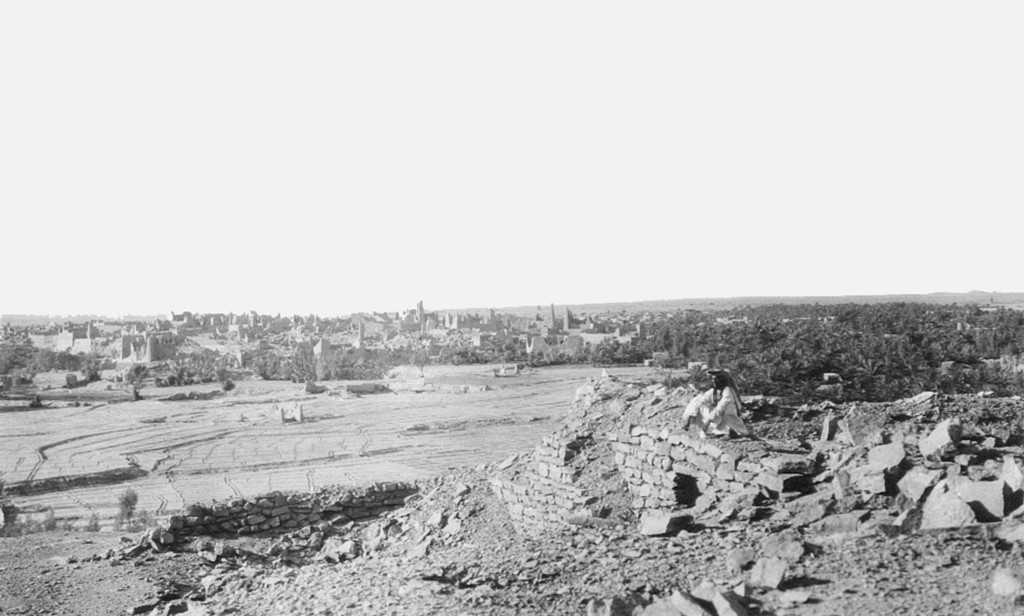
With time, the city’s community diversified and turned a hub for learners, farmers, traders and people today looking for secure livelihoods, bringing significantly-necessary techniques to extend the city, and producing a powerful desire for setting up components and a workforce.
The bulk of Diriyah’s inhabitants was designed up of staff and family members occupied in farming, which was the key resource of economic expansion for the region. Farming was broken down into unique categories people that owned farms, these that appeared over others’ lands.
With time, Diriyah altered from an agricultural to a financier community as its financial system remodeled into a monetary economic system and led to the emergence of industry experts and professionals working to meet the needs of area use, Al-Honaihen stated.
In the Najd area, hospitality was embedded in the lifestyle incredibly early on, and family members across the town welcomed tourists and attendees, a custom nevertheless upheld to this working day. Customers of the upper classes, or most likely a town prince, were hosted in guest houses appropriate for their standing, with all their requirements provided for by the group, a indicator of prosperity.
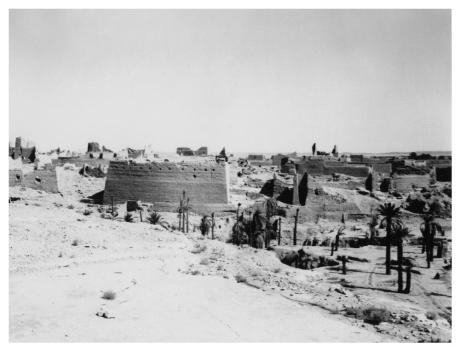
As a rising money, the city’s industry, also identified as Souq Al-Mawsim, was the heart of commercial exercise. Located in Wadi Hanifa concerning the At-Turaif district and Al-Bujairi district, it was named due to the selection of merchandise brought in from across the land, attracting locals and visitors alike.
Historian ibn Bishr explained it as a location where by the hustle and bustle was obvious “as significantly as the eye can see, in which you only hear the sound of peoples’ movement purchasing and providing from the stores and expressing, I marketed and I purchased.”
“The sector not only represented a professional movement but it also became a location for education. Imam Saud bin Abdulaziz experienced a each day lesson that he held at dawn, and a lot of of the Diriyah’s inhabitants collected to show up at his classes. During the summertime, they used to gather close to the jap stores, and in the wintertime, near the western stores,” Al-Honaihen explained.
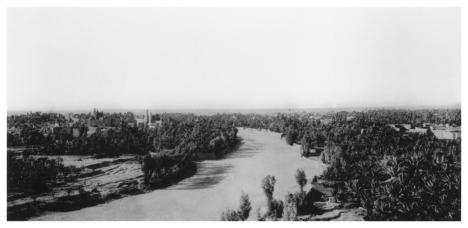
Education turned a pillar of the city as Islamic scientific tests and calligraphy, examining, creating and other topics faculties ended up established in the At-Turaif district. Instruction was a focus for leaders at the time, who offered learners, educators and scholars with housing from the point out treasury or from endowments. This idea has transcended time and is still a pillar these days.
Regional historians believe At-Turaif Mosque was once the place where seminars were being led by the country’s scholars and taught religion and calligraphy to learners.
For hundreds of yrs, historical trade routes went by means of the town, mostly from the southwest, passing as a result of Najran, shifting north into Al-Yamamah, achieving Daumat Al-Jandal, and then east to Iraq and west to Hijaz.
Even though it expected a challenging and perilous journey to access it, Al-Honaihen reported that “Diriyah’s geographical spot is distinguished as a location at the crossroads of historic trade routes and pilgrimage convoys that contributed to the enhancement of trade motion in the Arabian Peninsula,” and delivered risk-free sanctuary for the weary.


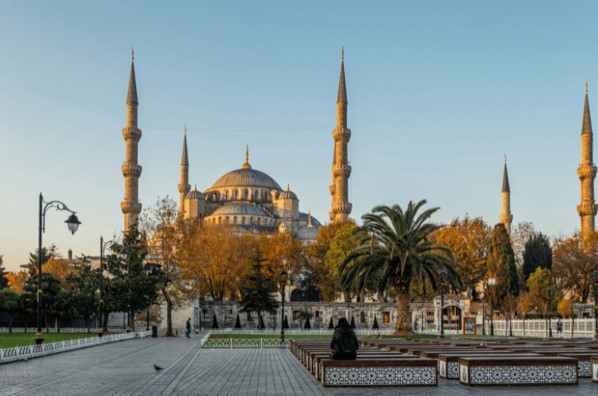
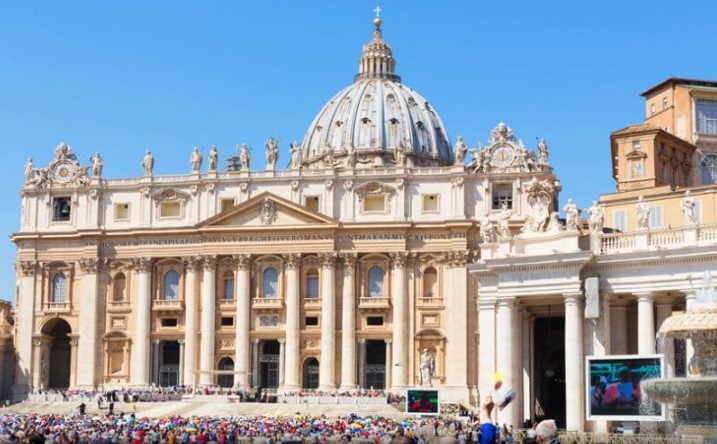
More Stories
Discover Mauritius with Travelhub: Your Trusted Tour Operator
6 Top Sights to See in Istanbul: Mosques, Palace with the World’s Largest Chandelier, and Underground Museum
Traveling to Italy for Jubilee 2025